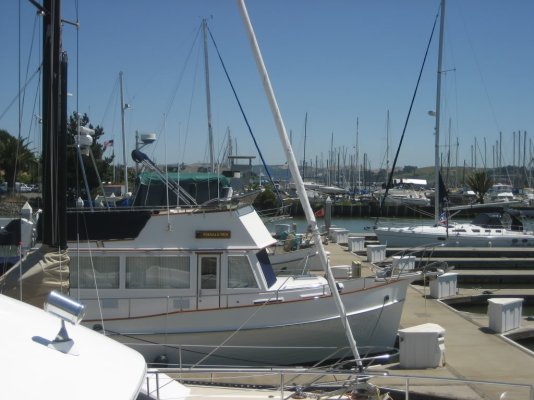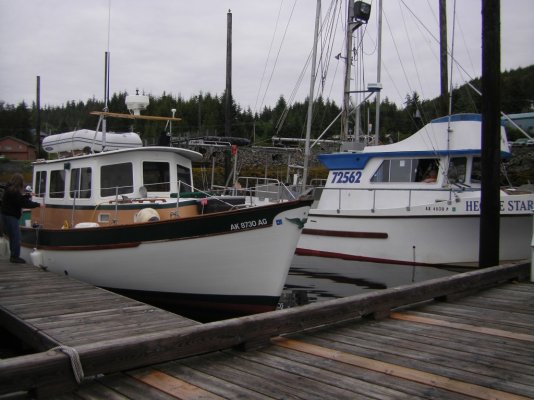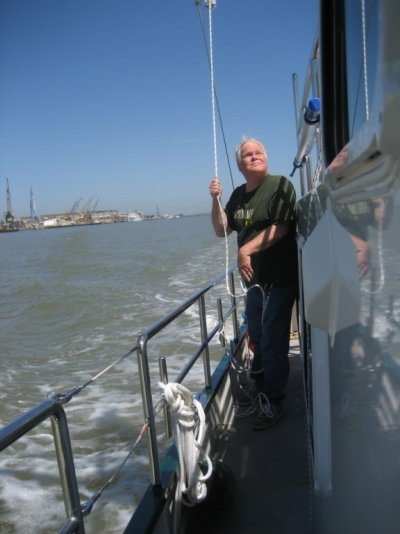dvd
Senior Member
I's a little off-topic from labeling lines, so I started a new thread to ask the question -- which line do you secure first when docking?
Jleonard wrote:*I have lines secured to rails bow and stern, so those are the first to get used anyway, and after that I am secure. Then I go look in the locker for additional lines IF needed.
I can't remember if I was taught or learned the hard way, but I almost always tie up first with an aft spring line. I can control the bow (to some degree) port & starboard with the thruster, and as *long as I have the spring line, I can control the stern P & S. What I can't control is the middle of the boat (although it does usually stay between the bow & stern). If my First Mate either ties off or hands off a line midship on the docking side to be tied to a convenient cleat and then controls the length of that line from on board it immediately counters most any negative effect of the wind (i.e. coming off the dock blowing you away) and I can then position bow & stern quite easily.
This is for side tie docks, of course. Having recently relocated to the East Coast, I'm finding all sorts of bizarre piling and fixed-dock situations that I'm still learning about. My current marina has four-point pilings for the slips with very short finger docks, but I still find the aft spring line to be the best first tie.
What do you do?
Jleonard wrote:*I have lines secured to rails bow and stern, so those are the first to get used anyway, and after that I am secure. Then I go look in the locker for additional lines IF needed.
I can't remember if I was taught or learned the hard way, but I almost always tie up first with an aft spring line. I can control the bow (to some degree) port & starboard with the thruster, and as *long as I have the spring line, I can control the stern P & S. What I can't control is the middle of the boat (although it does usually stay between the bow & stern). If my First Mate either ties off or hands off a line midship on the docking side to be tied to a convenient cleat and then controls the length of that line from on board it immediately counters most any negative effect of the wind (i.e. coming off the dock blowing you away) and I can then position bow & stern quite easily.
This is for side tie docks, of course. Having recently relocated to the East Coast, I'm finding all sorts of bizarre piling and fixed-dock situations that I'm still learning about. My current marina has four-point pilings for the slips with very short finger docks, but I still find the aft spring line to be the best first tie.
What do you do?

![img_1080[1].jpg](/data/attachments/8/8016-b4d64505702e4da493e8d3d74323d491.jpg)



